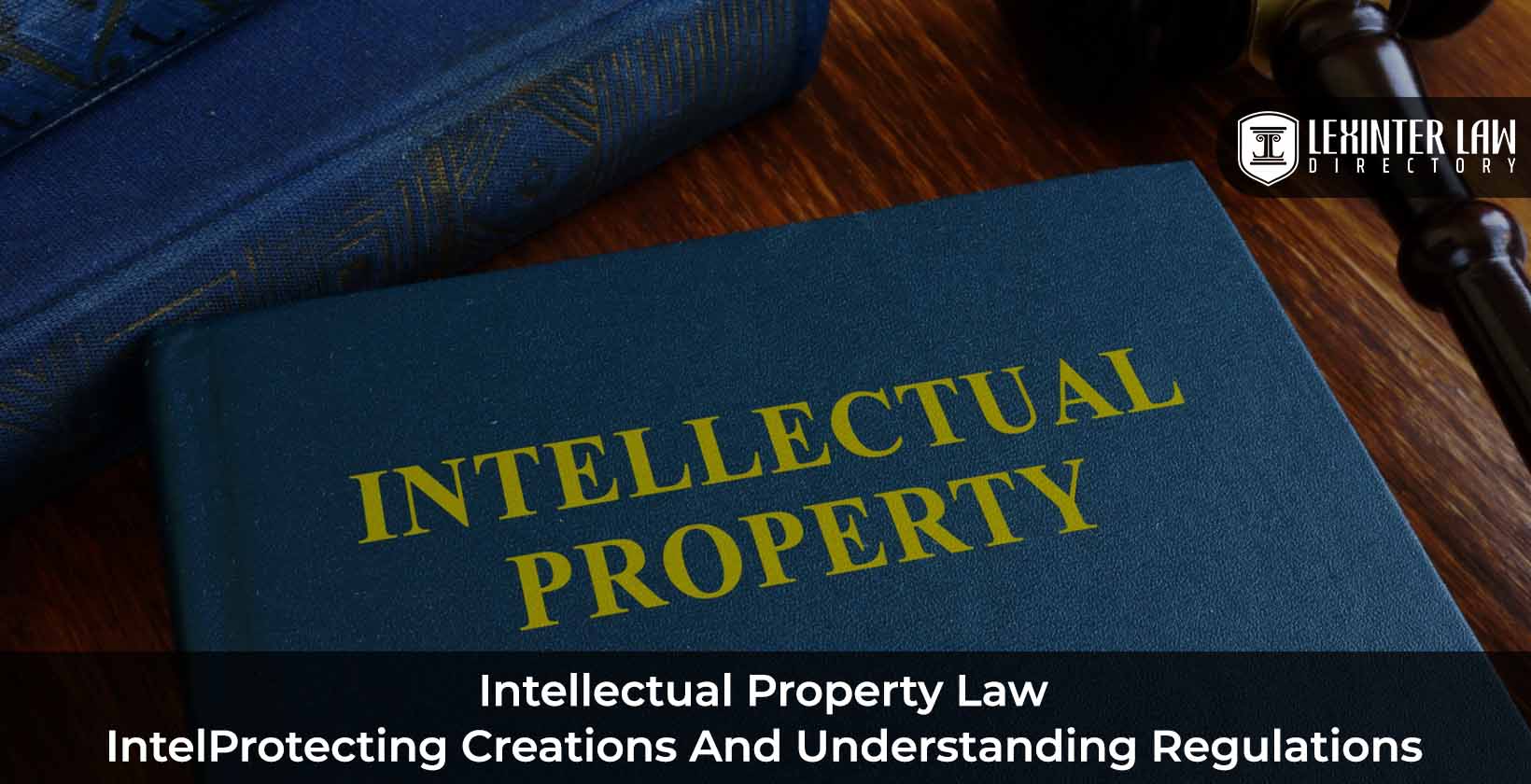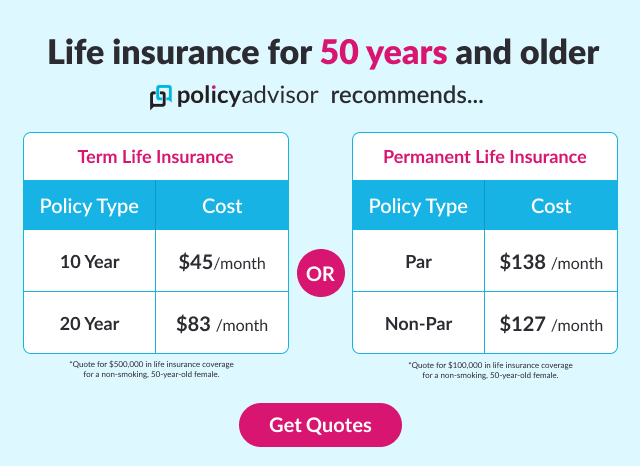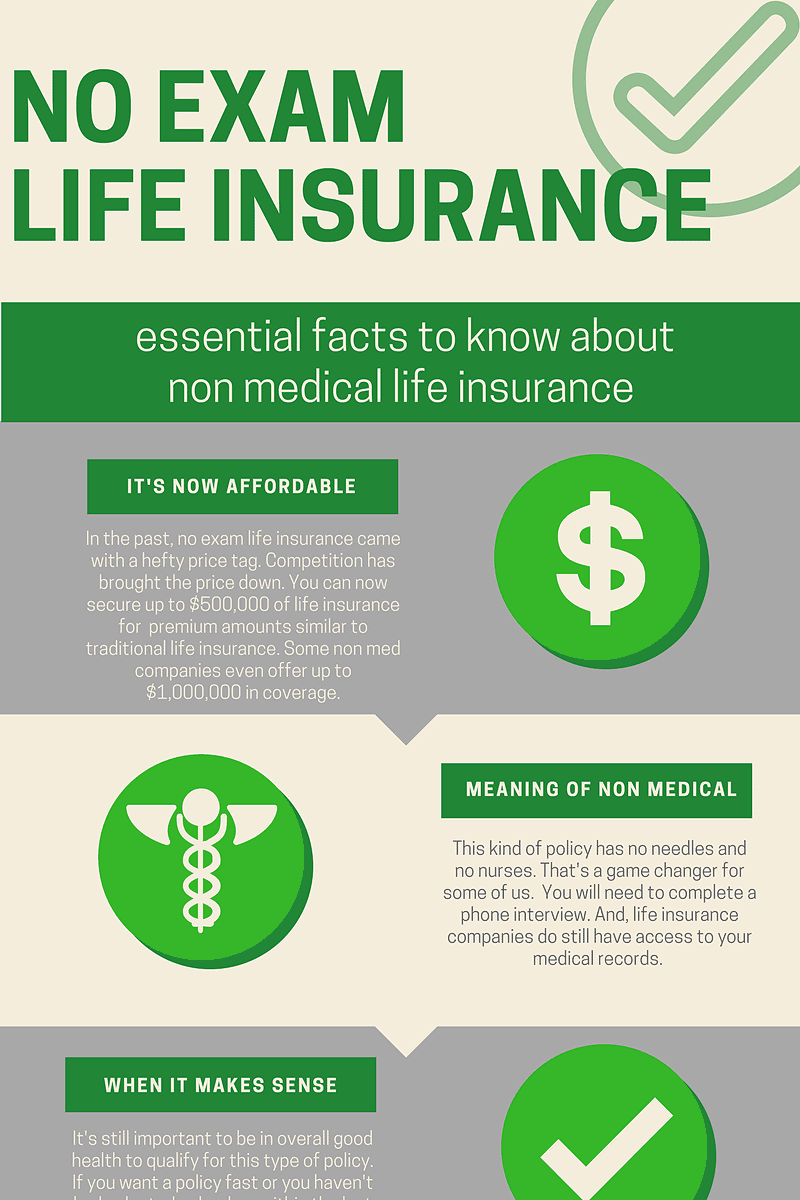Who Is at Fault in a Car Accident?
Determining who is at fault in a car accident can be a complex and challenging task. In the aftermath of a collision, emotions run high, and it can be difficult to think clearly. However, it is crucial to determine fault accurately, as this will impact insurance claims and potential legal proceedings.
In most cases, fault is determined based on the principle of negligence. Negligence occurs when a person fails to take reasonable care to avoid harm to others. In the context of car accidents, negligence can manifest in various ways, such as running a red light, speeding, or failing to yield the right of way.
In some cases, multiple parties may share fault for an accident. For example, one driver may have been speeding, while the other driver may have been distracted by their phone. In such situations, the courts will apportion fault among the parties based on their respective levels of negligence.
Factors Contributing to Fault
Numerous factors can contribute to fault in a car accident. Some of the most common factors include:
- Speeding
- Distracted driving (e.g., texting, talking on the phone)
- Driving under the influence of alcohol or drugs
- Failure to obey traffic signals and signs
- Reckless driving
Proving Fault
Proving fault in a car accident requires gathering evidence to support your claim. This evidence may include:
- Police reports
- Witness statements
- Photographs of the accident scene
- Medical records
- Cell phone records (if distracted driving is suspected)
It is important to gather as much evidence as possible to strengthen your case. An experienced attorney can help you navigate the legal process and ensure that your rights are protected.
Consequences of Fault
The consequences of being found at fault in a car accident can be significant. These consequences can include:
- Increased insurance premiums
- Difficulty obtaining future insurance coverage
- Civil lawsuits
- Criminal charges (in cases of reckless or drunk driving)
It is important to understand the potential consequences of being found at fault in a car accident so that you can take steps to protect yourself and your interests.
At Fault in a Car Accident
When two cars collide, it’s not always clear who’s to blame. However, there are some common factors that are considered when determining fault, including driver behavior, traffic laws, and vehicle condition. By understanding these factors, you can help protect yourself and your loved ones from being held liable for an accident.
Common Factors
Several common factors are considered when determining fault, including:
- Driver behavior: This includes things like speeding, running red lights, and driving under the influence of alcohol or drugs. If a driver’s behavior is found to be a contributing factor to the accident, they may be held liable.
- Traffic laws: These laws are in place to help keep our roads safe. If a driver violates a traffic law, such as failing to yield or driving on the wrong side of the road, they may be held liable for any accidents that result.
- Vehicle condition: If a vehicle is not in good working order, it can increase the risk of an accident. For example, if a car’s brakes are not working properly, it may not be able to stop in time to avoid a collision. In such cases, the owner or driver of the vehicle may be held liable for any damages.
Who is At Fault in a Car Accident?
Being involved in a car accident is never a pleasant experience. Whether you’re the victim or the one at fault, the aftermath can be stressful and confusing. Determining who is at fault in a car accident is crucial because it can impact insurance coverage, legal liability, and financial compensation.
Negligence
Establishing negligence is a key factor in assigning fault in a car accident. Negligence refers to a breach of duty of care, which occurs when a driver fails to act reasonably and their actions or omissions cause harm to others. To prove negligence, several elements must be established:
- **Duty of Care:** All drivers have a legal duty to operate their vehicles with reasonable care, respecting traffic laws and road conditions.
- **Breach of Duty:** The driver must have violated their duty of care by driving recklessly, speeding, or engaging in other negligent behavior.
- **Causation:** The driver’s breach of duty must have directly caused the accident and the resulting injuries or damages.
- **Damages:** The accident must have resulted in damages, such as property damage, bodily injury, or emotional distress.
If all four elements are established, the negligent driver can be held liable for the accident and the resulting damages.
Comparative Fault
In some cases, more than one driver may be at fault for an accident. Comparative fault is a legal doctrine that allows courts to assign fault to multiple parties based on their level of responsibility. For example, one driver may be found 60% at fault and the other driver 40% at fault. This would mean that the driver who was 60% at fault would be responsible for 60% of the damages, while the other driver would be responsible for 40%.
Seeking Legal Advice
If you have been involved in a car accident, it’s essential to seek legal advice from an experienced attorney. They can help you investigate the accident, determine who was at fault, and pursue compensation for your damages. Don’t hesitate to consult with a lawyer to protect your rights and ensure a fair outcome.
Who’s At Fault In A Car Accident?
A car accident can be a traumatic and stressful experience. Beyond the physical injuries victims may sustain, there’s also the question of who’s at fault — and who’s liable for damages. Various factors go into determining fault, including such considerations as negligence, contributory negligence, and assumption of risk. If you find yourself dealing with the aftermath of a car accident, it’s vital to possess a clear understanding of fault and its implications for your potential compensation.
Negligence
Negligence is the critical concept in determining fault in a car accident. It refers to the failure to exercise a reasonable degree of care, which ultimately results in harm to another party. Negligence can manifest in various forms, such as speeding, running a red light, or driving under the influence of alcohol or drugs. Establishing negligence involves demonstrating that the at-fault party owed a duty of care to the victim, breached that duty, and caused the victim’s injuries and damages.
Assumption Of Risk
In some cases, the victim may be deemed to have assumed the risk of injury, which can affect fault determination. This typically occurs when the victim voluntarily engages in an activity that carries an inherent risk of harm. For example, if a passenger chooses to ride with a driver known to be reckless, they may be considered to have assumed the risk of an accident. However, assumption of risk is a complex defense, and its applicability will depend on the specific circumstances of each case.
Contributory Negligence
Contributory negligence refers to the situation where both parties involved in an accident bear some degree of fault. In such cases, the victim’s compensation may be reduced in proportion to their percentage of fault. For instance, if a victim is found to be 20% at fault for an accident, their compensation will be reduced by 20%. Contributory negligence can be a complex legal issue, and it’s essential to consult with an attorney to fully understand its implications in your specific case.
Comparative Negligence
Some jurisdictions follow a comparative negligence approach, which differs from contributory negligence. Under comparative negligence, the victim’s compensation is not completely barred even if they are found to be partially at fault for the accident. Instead, the victim’s recovery is reduced by their percentage of fault. This approach is generally considered fairer than contributory negligence, as it allows victims to recover some compensation even if they share some responsibility for the accident.
At-Fault in a Car Accident: Determining Fault and Liability
After a car accident, one of the most important questions to answer is who is at fault. Determining fault can have a significant impact on who is liable for damages, injuries, and other costs associated with the accident. In some cases, fault can be clear-cut, but in others, it can be more difficult to determine.
Factors Considered in Determining Fault
Determining fault in a car accident generally involves considering several factors, including:
• **Negligence:** Negligence refers to a failure to act reasonably and prudently, which leads to an accident. Drivers have a duty of care to others on the road, and any breach of that duty can result in negligence.
• **Breach of Duty:** Establishing negligence requires proving that the driver breached their duty of care. This means they failed to act as a reasonable person would have under similar circumstances.
• **Causation:** Causation refers to the connection between the driver’s negligence and the accident. To prove fault, it must be shown that the driver’s negligence caused or contributed to the accident.
• **Damages:** In order to recover damages, a plaintiff must prove that they suffered injuries or losses as a result of the accident.
Comparative Negligence
Comparative Negligence
In comparative negligence jurisdictions, fault is apportioned among multiple parties based on their respective contributions to the accident. This means that each party’s negligence is compared, and their share of fault is determined. For example, if one driver is found to be 60% at fault and the other driver is found to be 40% at fault, the first driver would be liable for 60% of the damages and the second driver would be liable for 40% of the damages.
Determining Fault: A Complex Process
Determining fault in a car accident can be a complex and challenging process. It often involves investigating the accident scene, gathering evidence, and interviewing witnesses. In some cases, it may also require expert testimony. If you are involved in an accident, it is important to contact an experienced attorney who can help you navigate the process and protect your rights.
At Fault in Car Accident: Determining Responsibility in a Crash
After a car accident, determining fault is crucial for insurance claims, legal liability, and financial compensation. The process of assigning fault can be complex, involving an analysis of evidence, witness statements, police reports, and expert opinions. The following guide provides insights into the factors that contribute to fault determination and the evidence used to support each claim.
Evidence
Evidence plays a critical role in determining fault in car accidents. This evidence can come from a variety of sources, including:
- Witness Statements: Eyewitness accounts can provide valuable information about the events leading up to and during the collision.
- Police Reports: Police officers who respond to accidents often record their observations and conclusions in police reports. These reports can include details about the accident scene, driver behavior, and other relevant factors.
- Insurance Company Investigations: Insurance companies typically conduct their own investigations to determine fault in car accidents. They may interview drivers, witnesses, and consult with experts to gather evidence.
- Accident Reconstruction Experts: In complex cases, accident reconstruction experts may be hired to analyze evidence and provide an opinion on how the accident occurred.
Witness Statements
Witness statements can be crucial in determining fault in car accidents. Witnesses may provide insights into the events leading up to the crash, the actions of the drivers involved, and the overall circumstances of the accident. Their testimony can help corroborate or dispute other evidence, such as police reports or insurance company findings.
Police Reports
Police reports are an important source of evidence in car accident cases. They contain the observations and conclusions of police officers who responded to the scene. These reports may include details about the damage to the vehicles, the location of the accident, and any statements made by the drivers or witnesses. Police reports can provide a valuable record of the initial investigation and help establish a timeline of events.
Insurance Company Investigations
Insurance companies conduct their own investigations to determine fault in car accidents. They may interview drivers, witnesses, and consult with experts to gather evidence. Insurance adjusters may also review police reports and other relevant documents. The results of insurance company investigations can influence the determination of fault and the amount of compensation awarded to the parties involved.
Accident Reconstruction Experts
In complex car accident cases, accident reconstruction experts may be hired to analyze evidence and provide an opinion on how the accident occurred. These experts use specialized training and experience to interpret evidence, such as vehicle damage, skid marks, and physical evidence at the scene. Accident reconstruction experts can provide valuable insights into the sequence of events and help determine which driver was at fault.
Determining Fault
The process of determining fault in car accidents can be complex and involves a careful analysis of evidence. Witness statements, police reports, insurance company investigations, and accident reconstruction experts can all play a role in determining who was at fault. By weighing the evidence and considering the relevant factors, it is possible to establish a clear understanding of how the accident occurred and who was responsible for the damages and injuries.
If you’re involved in a car accident, it’s imperative to determine who was “at fault.” This person bears the legal and financial responsibility for the accident. Establishing fault in a car accident is never straightforward, but understanding the concept is crucial for pursuing compensation and protecting your rights.
Insurance
Fortunately, insurance policies can provide coverage for damages and injuries resulting from car accidents, regardless of fault. Most states require drivers to carry auto insurance to protect themselves and others on the road. So, even if you’re not at fault, you should notify your insurance company as soon as possible after an accident to report it and start the claims process.
Determining Fault
Determining fault in a car accident can be a complex process, and several factors are considered. These include:
- Traffic laws and regulations
- Eyewitness accounts
- Police reports
- Physical evidence, such as skid marks or damage to vehicles
- Expert testimony
In many cases, the police officer responding to the accident will make a determination of fault based on their investigation. However, this is not always the final say. You have the right to dispute the officer’s findings and present your case to your insurance company or the court.
Filing a Claim
If you’re seeking compensation for damages or injuries, you’ll need to file a claim with the at-fault driver’s insurance company. This claim should include details of the accident, your injuries, and a request for compensation. The insurance company will investigate your claim and make a decision on whether or not to pay it.
Negotiating a Settlement
If the insurance company accepts your claim, you’ll need to negotiate a settlement. A settlement is a payment from the insurance company that compensates you for your losses. The amount of the settlement will depend on several factors, including the severity of your injuries, the amount of property damage, and the strength of your case.
Going to Court
If you can’t reach a settlement with the insurance company, you may need to file a lawsuit. A lawsuit is a formal legal proceeding in which you ask the court to order the at-fault driver to pay you compensation. Going to court is a more expensive and time-consuming process than negotiating a settlement, but it may be necessary to get the full amount of compensation you deserve.
At Fault in Car Accident
If you’re ever involved in a car accident, the first thing you should do is pull over the shoulder and check to see if anyone is hurt. Once you’ve made sure everyone is okay, you should call the police and report the accident. The police will then investigate the accident and determine who is at fault.
Legal Representation
If you’re found to be at fault for the accident, you could be held liable for the other driver’s damages. This could include their medical bills, lost wages, and pain and suffering. In some cases, you could even be charged with a crime.
Insurance Coverage
If you’re at fault for the accident, your insurance company will be responsible for paying the other driver’s damages. However, your insurance company may only cover up to a certain amount. If the other driver’s damages exceed your coverage limits, you could be held personally liable for the remaining amount.
Fault Determination
The determination of fault in a car accident can be a complex process. The police will investigate the accident and consider a number of factors, including the following:
- The driver’s statements
- The witness statements
- The physical evidence
- The traffic laws
Comparative Negligence
In some states, the determination of fault is based on the concept of comparative negligence. This means that both drivers can be found to be at fault for the accident, and their liability will be reduced in proportion to their degree of fault.
Pain and Suffering
If you’re injured in a car accident, you may be entitled to compensation for your pain and suffering. This compensation can help you cover your medical bills, lost wages, and other expenses. The amount of compensation you receive will vary depending on the severity of your injuries.
Statute of Limitations
In most states, there is a statute of limitations for filing a car accident lawsuit. This means that you have a limited amount of time to file a lawsuit after the accident occurs. If you miss the statute of limitations, you will lose your right to sue.




Leave a Reply